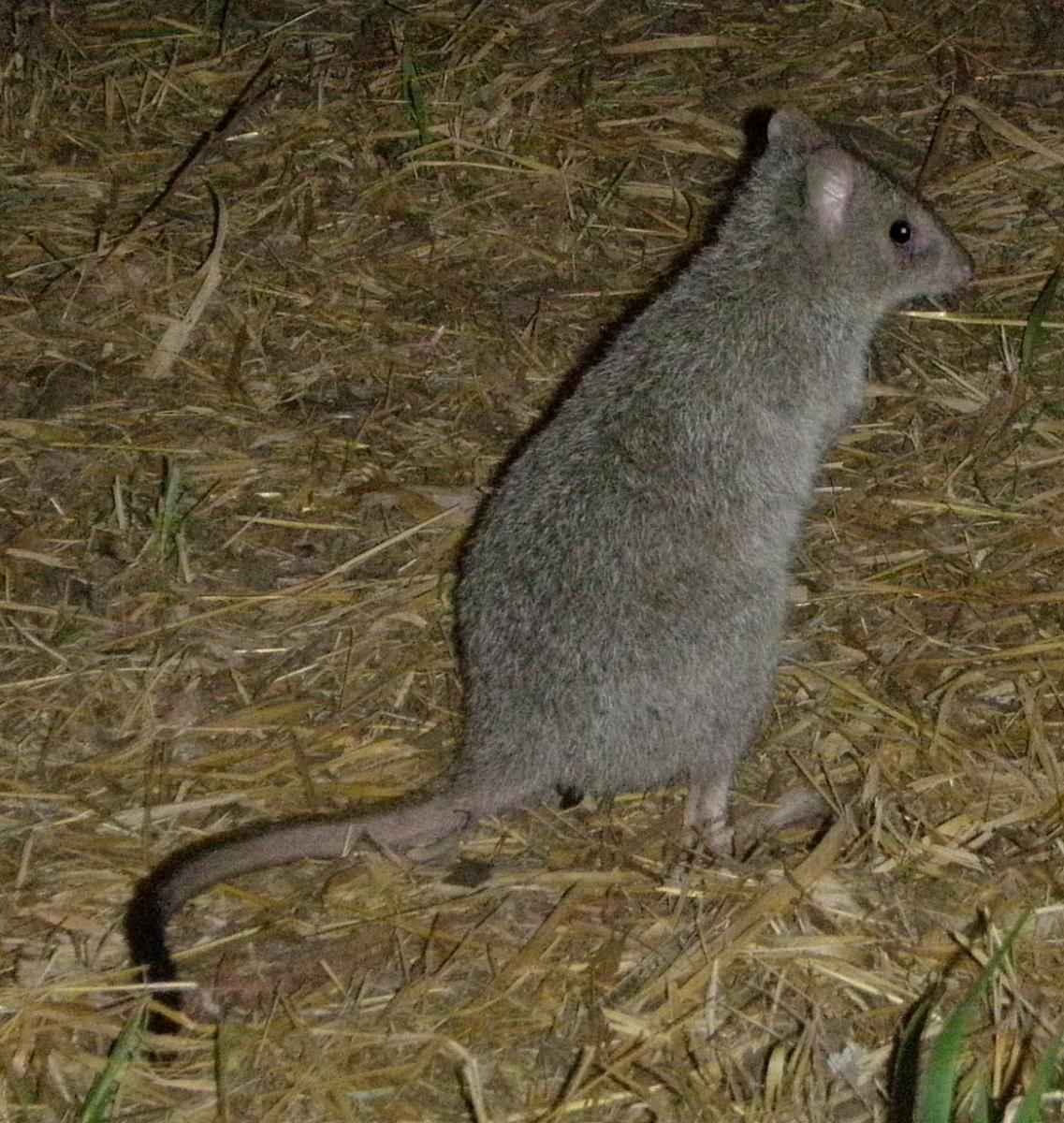
Following up on a comment from Michael Drew on the Eucalyptus grandis Tree of the Month article, I am reprinting an article from the August 2017 issue of Turkey Talk on the Bettong and its role in the health of Eucalyptus forests.
To remove any ambiguity regarding the identity of our local truffle-eater, the northern bettong (Bettongia tropica), I altered title of the original article from Potoroo to Bettong. Potoroos, close relatives of the Bettong, are only found in the SE Australia & Tasmania.
Of course it’s possible that the Republic of Hussey Road has its own endemic but undescribed species of Potoroo (Potorous husseyensis ??)
Jamie
[Bettongs] of Hussey Road are more than cute critters.
‘Truffles’ conjures up the ‘black gold’ now being produced in WA, Vic, NSW and Tas. However, there are also native truffles, mostly found under litter, which are eaten by small marsupials. These truffles are the fruit bodies of fungi which have probably evolved to fruit underground due to drying climatic conditions in Australia over 35myo. They are vitally important in a 3 way association -tree- truffle-marsupial.
More is becoming known about the importance of mycorrhiza in the soil in which fungi mycelia are attached to tree roots. It is a symbiotic relationship where the fungus receives sugars from the tree and the tree gets chemicals such as phosphorus from the fungus. Since the 1980s studies have shown a third component in the system that is the marsupials. To survive it needs small marsupials such as potaroos and bettongs to dig up the truffles and eat them.
Truffles contain a mass of spores and tissues with a distinctive smell to attract animals and also provide them with food. Spores pass through the animal and can be dispersed to a new location
Since many of our small animals such as potaroos and bettongs are endangered species, it is vital that this relationship is better known. Eucalypts are one of our native plants which are very reliant on truffles. It has been estimated that they and many other native trees derive up to 75% of their metabolic needs from this type of ectomycorrhizal association. If these marsupials disappear, one vital component in the ecosystem will be lost.
Other ectomycorrhizal fungi may occur in an ecosystem as well so it doesn’t mean the whole system will collapse. But in Australia there are many ecosystems which are less healthy and resistant than before.
For more information: Susan Nuske – Bettongs join forces with truffles to promote tree health
Article supplied by a recent visitor to Paluma; Gretchen Evans, Member of the Qld Mycologica! Society (the study of fungi).
